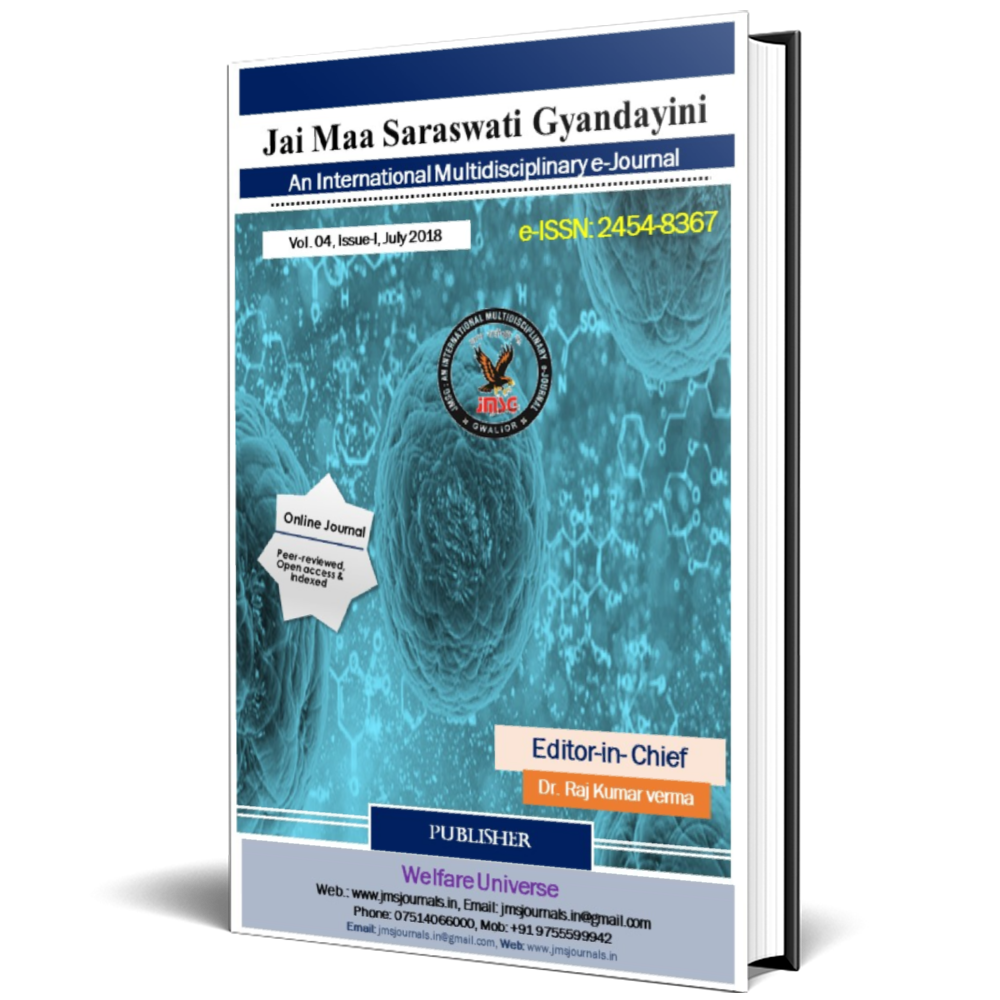Depressed classes Assertion in Princely Mysore - A Study
DOI:
https://doi.org/10.53724/jmsg/v4n1.03%20Keywords:
Depressed classes, Political and economic changes, social and educational changes in DalitsAbstract
The princely Mysore state, which came to be called a model state by the British and Ramrajya by Mahatma Gandhi, was unique in several respects. After the Rendition of the state to the Wodeyar Kings in 1881, the Maharajas and the Dewans embarked upon developmental activities in a big way. Political and economic changes resulted in social and educational changes among the depressed classes. While the depressed classes (Dalits) in other parts of India still lived in the dark ages, the depressed classes of Mysore in the 20th century underwent a process of socio-economic transformation. This resulted in their self-assertion in bigaray. The paper focuses on this issue.
Metrics
References
Edgar Thurston, Castes and Tribes of Southern India, 1909, Vol-2, p. 332.
Ananthkrishna Iyer L K, the Mysore Tribes and Castes, 1931, Vol-4, p. 125, 165-166.
L G Havanur Commission Report, 1975.
Leelah Duskin, The Non-Brahmin Movement in Princely Mysore, Thesis Submitted to University of
Pensylvania, 1974, p. 252-258.
Bjorn Hettne, The Political Economy of Indirect Rule – Mysore, 1881-1947, New Delhi, p. 139.
Gail omvedt, Dalits and the Democratic Revolution, New Delhi, 1994, p. 127.
Ibid, p. 128.
Ibid, p. 130.
Ibid, p. 131.
Ibid, p. 132.
Ibid, p. 132.
Ibid, p. 133.
Downloads
Published
How to Cite
Issue
Section
ARK
License

This work is licensed under a Creative Commons Attribution-NonCommercial 4.0 International License.













